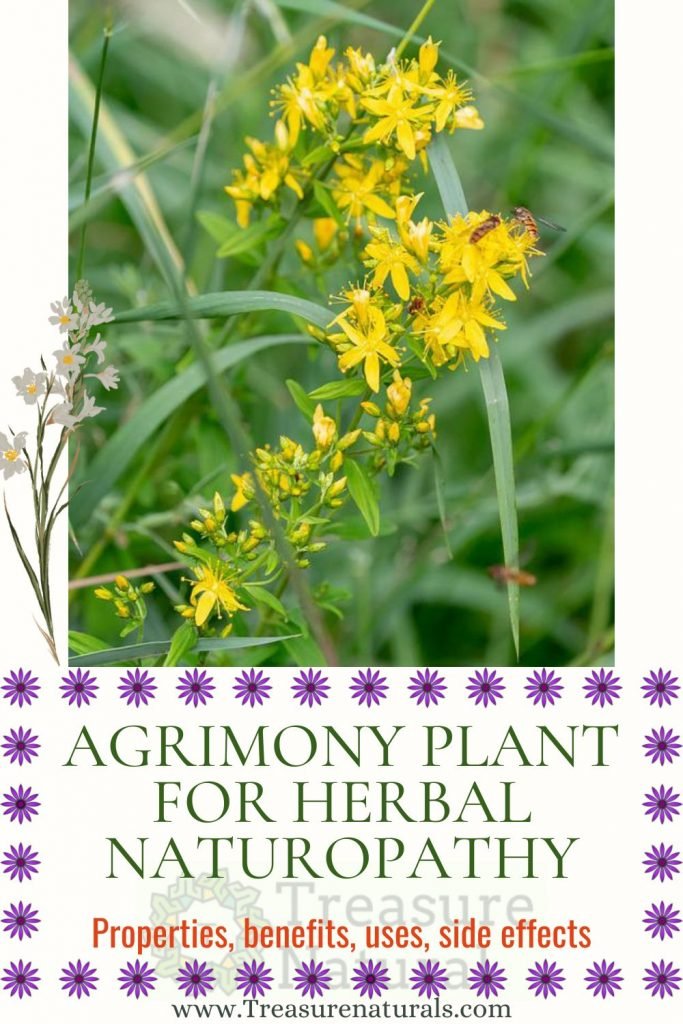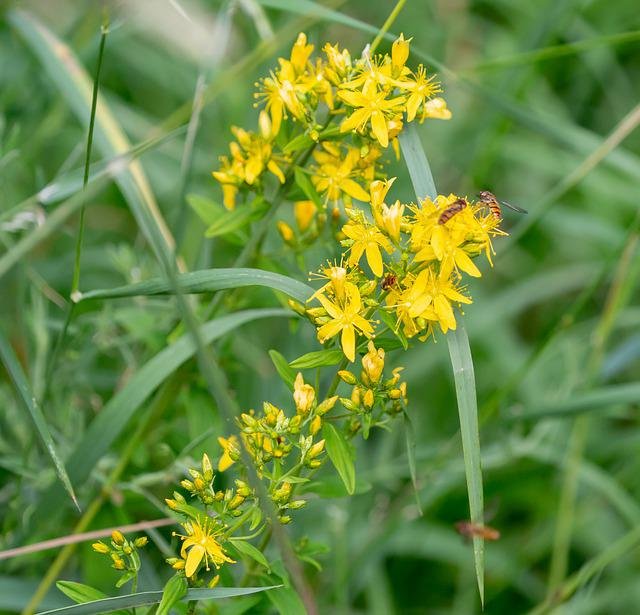
Agrimony (Agrimonia eupatoria) is a plant of the Rosaceae family. Thanks to its purifying properties, it is useful for liver health. Let’s find out better.
Properties of agrimony
The flowering tops of agrimony contain triterpenes (ursolic acid), tannins, phytosterols, essential oil, flavonoids (apigenin, luteolin, quercitin), acids (citric, malic, nicotinic, ascorbic) vitamins (C, K and B1), bitter glycoside (eupatorin) which give the plant a general activity that stimulates liver function.
Since ancient times it has been known for its purifying properties and, for this reason, it is effectively used in liver diseases . In fact the flowered tops exert a choleretic action, that is, they increase the biliary secretion; and cholagogue, that is, they facilitate the production and expulsion of bile, thus favoring the correct functioning of the excretory organ.
Furthermore, the plant is able to reduce blood sugar in subjects suffering from mild dietary diabetes, but it has no insulin-like action and is therefore unable to significantly reduce blood sugar in the most serious cases.
The presence of triterpenes and tannins justify its use also for external use, as an anti- inflammatory, healing remedy, in case of skin lesions, sores, wounds, abrasions, cracks; and as an antiseptic and analgesic in various skin diseases, in which it also manifests an antipruritic and antihistamine action, due to the presence of ursolic acid, which has an activity comparable to cortisone.
Finally, agrimony has decongestant and astringent properties also on mucosal tissues, in case of eye inflammation, such as conjunctivitis or of the oral cavity, such as sore throat, tonsillitis, pharyngitis and nasopharyngitis. It also acts on respiratory tract diseases such as bronchitis and asthma because it is a bronchodilator.
Instead for internal use, these active ingredients help normalize catarrhal enteritis, colitis, diarrhea, gastrointestinal infections.
How to use
INTERNAL USE
INFUSION: 1 level spoon of top agrimony, 1 cup of water
Pour the agrimony into boiling water and turn off the heat. Cover and leave to infuse for 10 min. Filter the infusion and drink 2 cups a day between meals, to take advantage of the purifying action.
– Agrimony mother tincture: 30-50 drops in a little water after main meals.
EXTERNAL USE
The previous infusion can be used as a topical lotion, to make eye baths to decongest inflammation of the conjunctiva or to gargle against sore throats.
Contraindications
Agrimony is a plant that, if used for a short period, usually does not involve side effects, however its intake is always not recommended, during the period of pregnancy and breastfeeding.
Description of the plant
Perennial herbaceous plant with a small rhizome from which an erect stem is born, without leaves and up to 80 cm high. The leaves, whitish in the lower part and green in the upper part, have a serrated margin and have at the base two leaflets of different shapes (stipules), which envelop the stem. The inflorescence is composed of many small yellow flowers, each having a calyx of five pieces attached to a tube, which has a corolla at the apex, with five yellow petals. The fruit is composed of two alkenes enclosed in the glass tube. Thanks to the presence of hooks, it attaches itself to the hair of the animals that pass by, favoring its dissemination even in distant areas.
The habitat of agrimony
Widespread in a large part of Europe, in Southeast Asia and North America, up to Mexico. In Italy it can be found both in mountainous areas, on the edge of woods and pastures, and in areas with a Mediterranean climate, in particular in open, dry and sunny areas.
Background

Etymologically the name derives, according to some, from the Greek àgros “field” and monè “dwelling“, that is, one who dwells in the fields; according to others it would be a corruption of Argemone, a kind of poppy used to treat eye ulcers (in Greek argema).
The second term, eupatoria, derives from the name of Mithridates Eupator, king of Pontus between the first and second second BC who was the first to test its therapeutic qualities. However, we must not forget that in Greek “liver” we say èpar – èpatos and that in fact, the tops of the plant, have yellow inflorescences like bile and that by color signature, according to the Theory of Signatures, have been counted for millennia among the best liver cleansing remedies.
The plant one of the greatest remedies in mental illnesses: “If a man loses his intelligence and reason, he begins by cutting his hair, then boil the Agrimony in water and with this water wash his head; a cloth containing the same herb will be applied to his heart until he feels a sweat, it will then be placed on his forehead and temples: intelligence and reason will be purified and the sick will be free from his madness.”
Culpeper in 1652 wrote: “The liver is the former of the blood, and the blood is the one who nourishes the body, and Agrimony is the one that strengthens the liver “.






